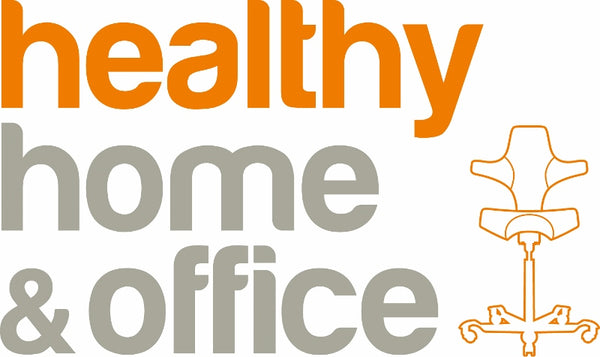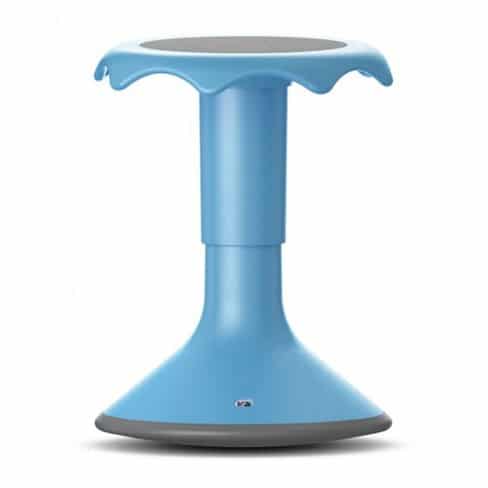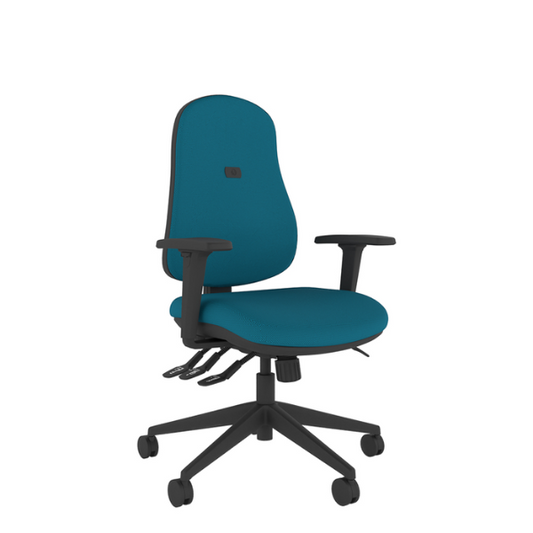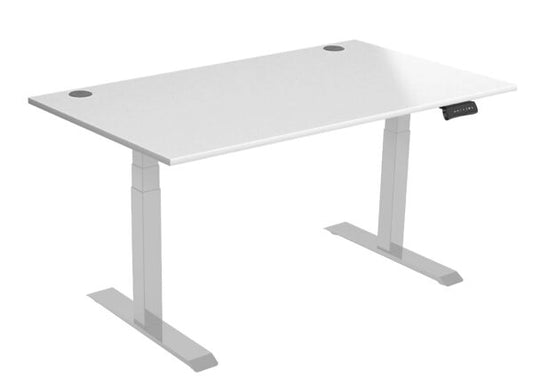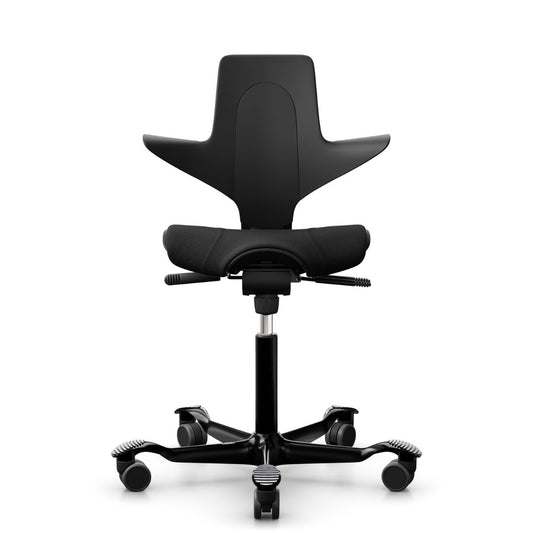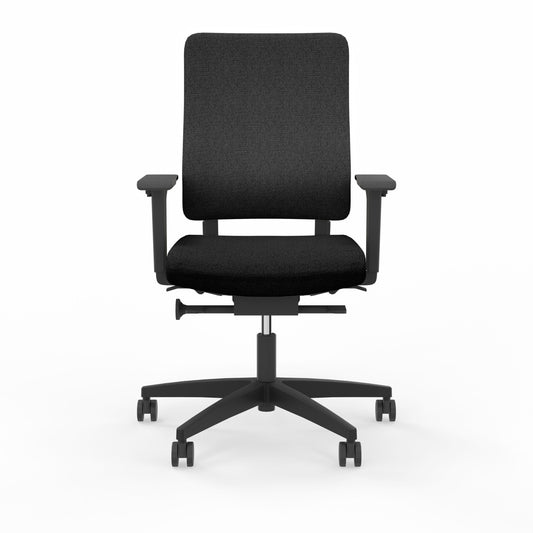Breaks and Work Routines for Screen Users
- DSE Overview
- Workstation Assessments
- Posture and Ergonomic Setup
- Breaks and Work Routines
- Eye Tests and Screen Use
- Training and Employee Information
-
Pregnancy and Epilepsy Guidance
Why regular movement is essential for your body and brain
Staring at a screen for hours on end isn’t just tiring — it’s harmful to your posture, circulation, eyes, and focus. Taking regular breaks from your display screen equipment (DSE) is a legal recommendation and a key part of staying productive and pain-free.
Whether you work from home or in a traditional office, learning to break up your screen time with simple, healthy habits can make a huge difference.
Why You Should Take Breaks
Staying in one position for too long slows blood flow, tightens your muscles, and puts stress on your joints — especially your neck, back, shoulders, and wrists. Combined with screen glare and visual focus fatigue, this leads to:
- Back, neck, and shoulder pain
- Eye strain and headaches
- Poor circulation
- Reduced productivity and focus
- Fatigue and burnout
Taking short, frequent breaks helps your body reset and your mind recharge.
Legal Requirements for Screen Work Breaks
The UK’s Health and Safety Executive (HSE) advises that breaks are essential for anyone using DSE daily. There’s no strict time limit, but the guidance is clear:
- Take frequent short breaks rather than fewer long ones
- A good rule: 5–10 minutes every hour away from the screen
- Change task or posture regularly — even standing for a minute counts
- Don’t skip breaks to finish early — your health comes first
Practical Break Ideas
You don’t need a yoga mat or a full hour — even a 2-minute change makes a difference. Try these:
Stand up and stretch
Walk around your room or make a tea
Look away from the screen — focus on something 20 feet away for 20 seconds
Shake out your arms, wrists, and hands
Roll your shoulders or do neck circles
Switch tasks — take a call, jot notes on paper, check physical files
Tip: Use a timer or app to remind you when it’s time to pause. Your posture and eyes will thank you.
Micro-Movements and Active Sitting
If you can't step away from your desk every hour, build more movement into how you work:
- Use a small massage ball to roll your foot on to encourage leg activity
- Sit on a wobble stool or active chair for core engagement
- Switch between sitting and standing if you use a height-adjustable desk
- Stretch your arms or twist your torso during calls or reading
These small shifts can prevent stiffness and boost energy — no workout required.
Explore ergonomic stools and footrests ›
Make Breaks a Habit
Like drinking water or brushing your teeth, taking breaks should be part of your routine. You might find it helpful to:
Schedule hourly movement reminders
Use free apps like Stretchly or BreakTimer
Link breaks to tasks — stand up every time you send an email
Use checklists that include “Break” or “Stretch” as a step
We’re Here to Help
At Healthy Home & Office, we’re not just about selling desks and chairs — we’re about improving your long-term health at work.
Our team can:
- Help you set up your workspace to encourage movement
- Recommend seating and accessories that keep your body active
- Carry out workstation assessments for you or your team
- Provide advice in person at our Guildford showroom
Book a DSE workstation assessment› or get help choosing active seating ›
Remember: small, regular breaks = fewer aches and better focus.
Best Sellers
Shop our most popular ergonomic products, trusted by professionals and home users alike. These top-rated chairs, desks, and accessories deliver proven comfort and performance.
-
Hokki +®- Height Adjustable Dynamic Stool
Regular price From £206.40 GBPRegular price -
IT650 Office Chair
Regular price £276.00 GBPRegular price -
R800 - Height Adjustable Desk
Regular price From £376.00 GBPRegular price -
Capisco Puls - Saddle Office Chair
Regular price £524.00 GBPRegular price -
Drumback creation - Climate Neutral Ergonomic Office Chair
Regular price £534.00 GBPRegular price
Subscribe to our emails
Be the first to know about new collections and exclusive offers.
